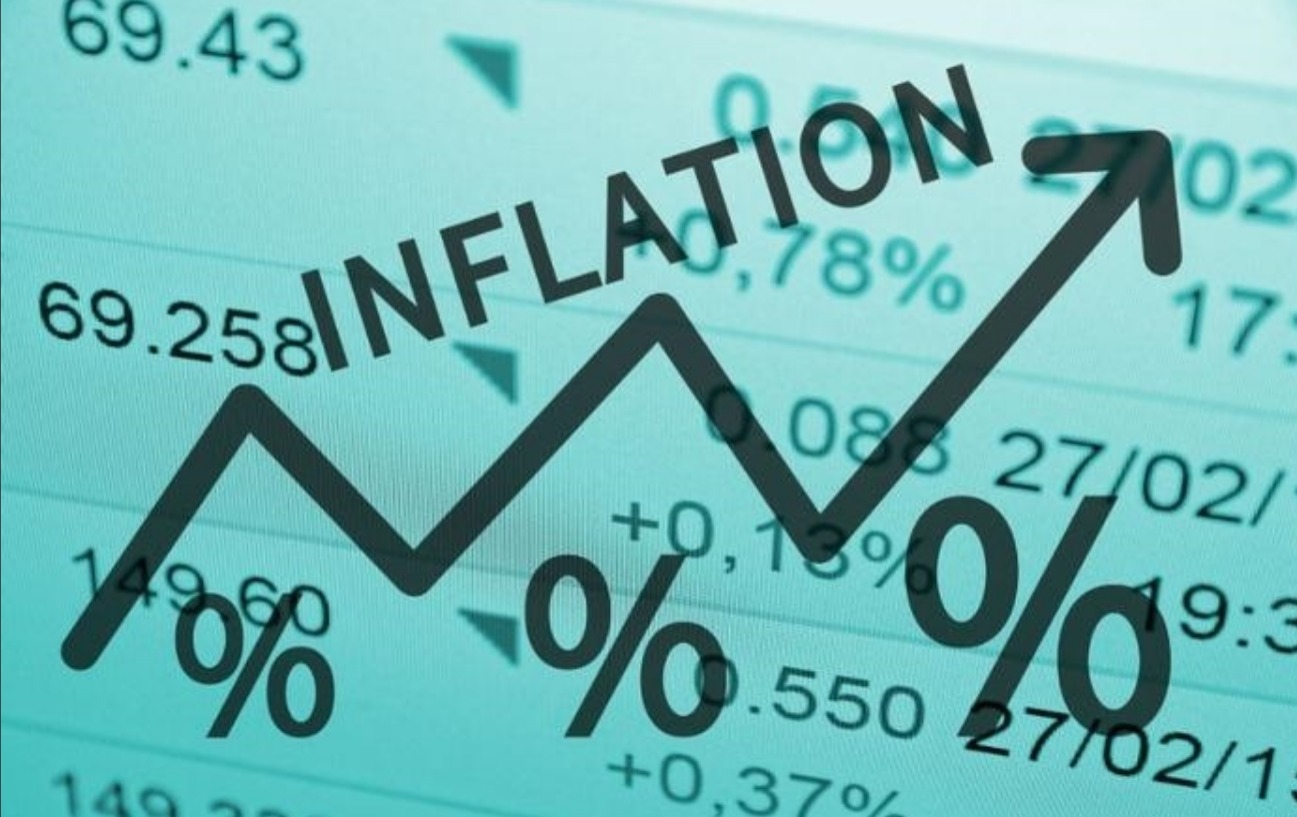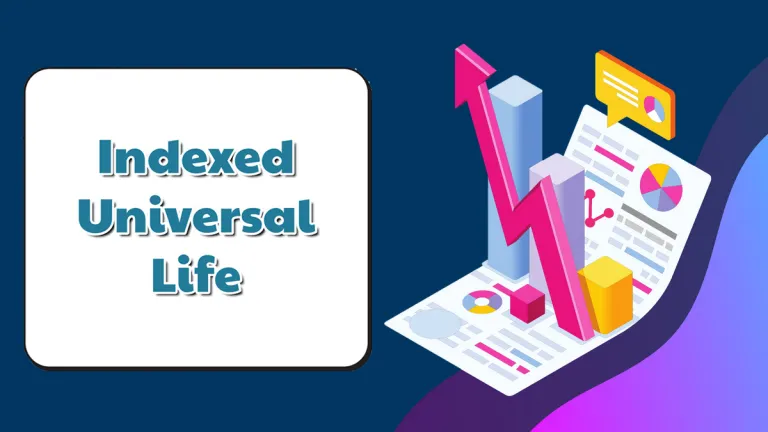
Inflation is an economic term that describes the increase in the general price level of goods and services in an economy over a period of time. It is a common phenomenon that affects every economy globally. The impact of inflation is felt by individuals, businesses, and governments, and it can affect the purchasing power of money.
Understanding the Purchasing Power of Money
The purchasing power of money refers to the amount of goods and services that can be bought with a given amount of money. Inflation reduces the purchasing power of money over time as the general price level of goods and services increases. This means that the same amount of money that could buy more items in the past will now buy fewer items.
The Effect of Inflation on Savings
Inflation can have a significant effect on savings. If the rate of inflation is higher than the rate of interest earned on savings, the value of savings will decrease over time. This means that even if the nominal amount of savings remains the same, the real value of the savings will be lower than before due to the erosion of purchasing power caused by inflation.
The Effect of Inflation on Investments
Inflation can also have a significant effect on investments. If the rate of inflation is higher than the rate of return earned on investments, the real value of the investment will decrease over time. For example, if the inflation rate is 3% and the return on an investment is 2%, the real return is -1%. This means that the purchasing power of the investment has decreased.
Strategies to Combat Inflation’s Effect on Savings and Investments
To combat the effect of inflation on savings and investments, there are several strategies that can be implemented. One strategy is to invest in assets that provide a hedge against inflation such as real estate, commodities, and inflation-protected securities. These assets are expected to increase in value as inflation increases, which helps to offset the loss in purchasing power caused by inflation.
Another strategy is to invest in assets that have historically provided higher returns than inflation. For example, investing in stocks and mutual funds that have consistently outperformed inflation can help to maintain the purchasing power of savings and investments. It is important to note that these investments come with a higher level of risk and should be carefully evaluated before investing.






